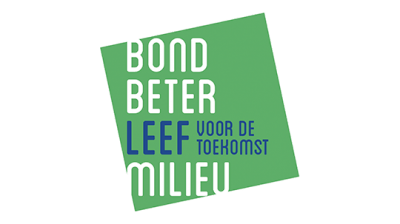In-Vast Group/MOSARD
Applying element passports in practice
In a circular building economy, no building parts, components and elements are lost. After all, buildings are seen as material depots: all elements and products used in them can be reused later. There is no longer any question of waste.
To achieve this, it is important to keep information available about all parts of a building - from design through execution to reuse.
In the past, MOSARD already built an online library that allows architects to filter elements according to their properties. While the focus of that library is currently on the intercompatibility of the elements, this project goes a step further and also integrates circular properties such as disassembly, intercompatibility, reclamation, upcyclability and biodegradability. Thus, technical properties and regulations related to modularity and circularity are also identified. Thanks to this additional information, disassembly and reuse can be done more efficiently in the future. And that is important in the context of increasing prefabrication, building industrialization and modular construction.
The preparation of the element passports is based on data and evaluations collected by VIBE in the C-Builders Pro project. These will be elaborated into measurable criteria and linked to the new passports.
The project is testing the application in the construction of social housing by Cordium. In the homes, physical markers (QR codes) will be installed. If you scan these, you immediately get to see the origin, composition, reusability ... of the building element used.
In-Vast Group/MOSARD
Partners Passiefhuis-Platform / Pixii, Cordium, VIBE
Topics Data & Tools › LCA & LCC ›
















